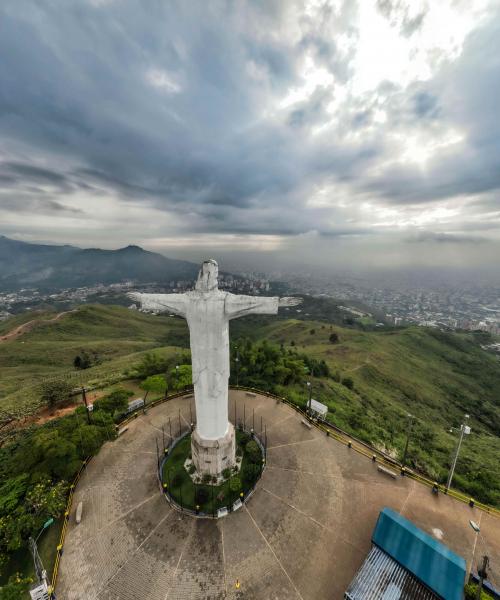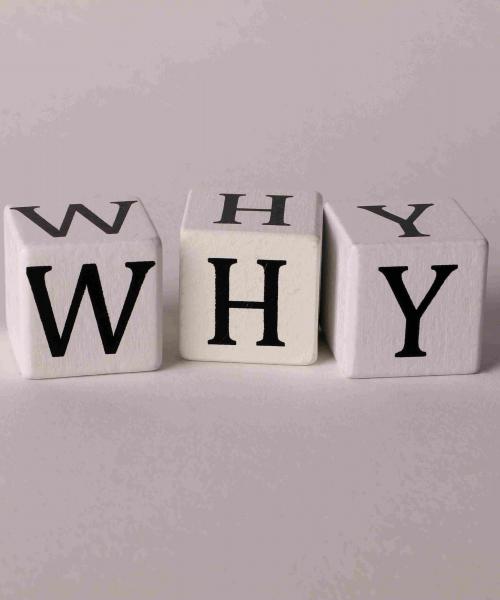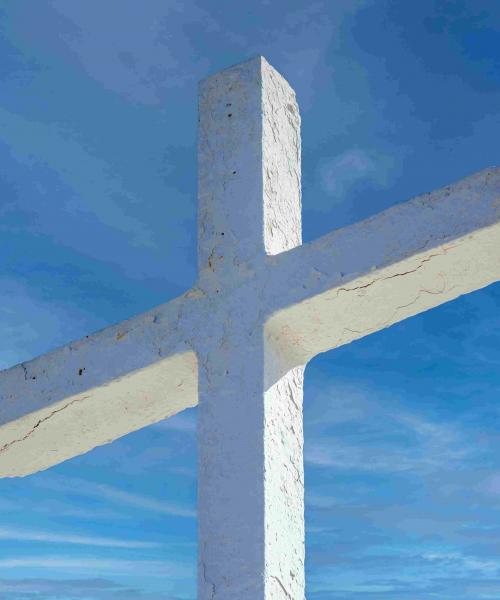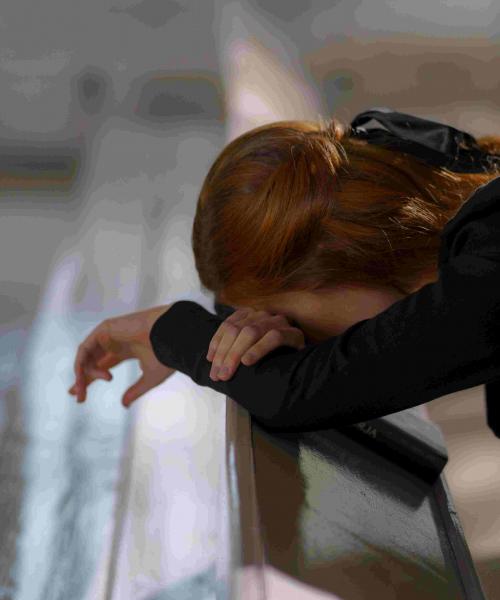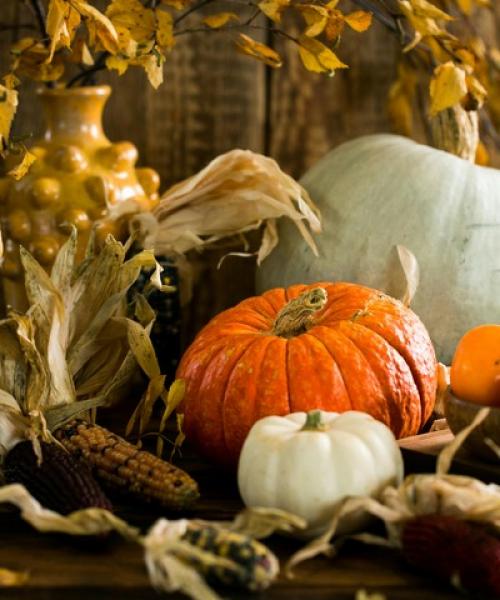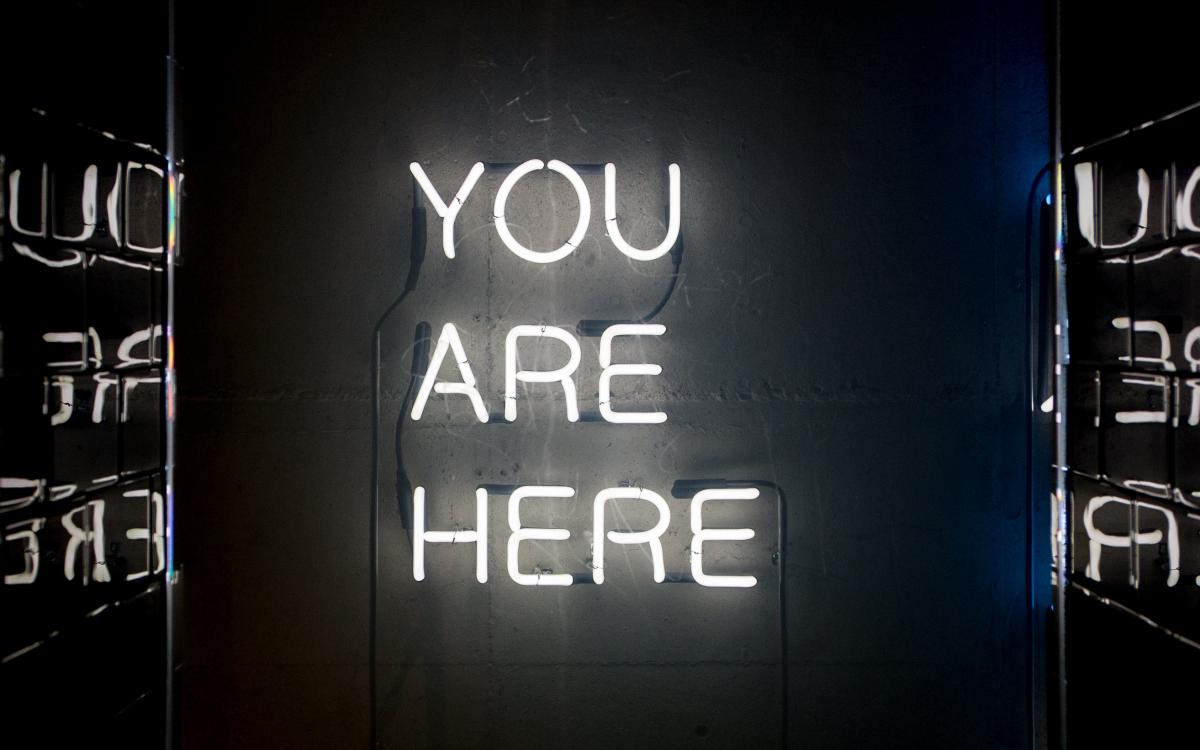
Close to the Holy places
It has been a long time coming, but here we are. “Back where we belong” - so some will say. For. A variety of reasons, none of them good, we have been grudgingly adaptable. We were lucky, really. Taylor Hall has served as a sanctuary for us - we know how to worship there - but only to ‘beat the heat’ of summer. Never for long. Never ‘forever’…
It feels like forever since we’ve been in this space, and it has challenged us and (I think) benefitted us, to have been forced to think, and worship, outside the box. It has got me thinking about Holy places.
I’ve never made any of the classic Christian pilgrimages. Never been to Israel - Never been to Iona - Never been to Rome or Westminster Abbey. I have seen some magnificent church buildings here in Canada, and I’ve had my breath taken away in the mountains, and in the forest, and at the seashore. All of which we are likely, in our time, to have named ‘Holy places.’
The emotional pull that a place can have on us is real. And it is not unusual for people to use religious language when they talk about travel, or the fulfilment of childhood dreams. Baseball fans have their ‘shrines’, as do hockey and football fans. Golfers have Augusta National, and surfers have their favourite beaches; there is something - some place - for everyone that offers an eternal connection. And before the Hebrew people had a country or a capital or a temple, they had God. Liberator and companion - a guiding, protective 24/7 presence. The ‘law-giver’ - provider - the eternal one.
It is this presence - this reality that Deuteronomy calls people to acknowledge with fervent devotion. The law was one thing, but the people are asked to remember the source of the law - to celebrate the unique and primal nature of God, who loved them enough to rescue them - and to weave that knowledge into every moment of their day - into the fabric of their being. Keep there words…recite them to your children…talk about them wherever you are…bind them on your hands and fix them to the frames of your doors. The people are called to bear the Holy with them - to immerse themselves in reminders of God’s presence, God’s care and God’s mercy - 24/7/365. The land they were approaching was holy, but so were they - and they were warned never to forget it.
This is the ‘history and tradition’ that Jesus shares. Jesus, in whose time the idea of holy places had reached its zenith. The Temple was THE HOLY place. Worship there was better - it was required on high holidays. The Temple in Jerusalem (or what’s left of it) still moves faithful people to weep when they are near it - when they can touch it and offer prayers there…Holy places indeed.
And Jesus was there - drawn by the history and tradition of his faith. Jesus stood in the Temple courts, in reverence, yes, but also in debate. He has been ‘disputing’ with the officials - with the stewards of history law and tradition - and one of the experts asks him to choose; which commandment is greatest?
The choice is easy - these are words that are a daily part of the rituals of faith - but to use those words in that holy place - to give priority to the love of God - heart, mind and spirit, while surrounded by the trappings of religious and Roman power- To say, in effect that none of the trappings of faith matter as much as the desire to express love for God by the life you lead. This is a bold choice. A dangerous choice.
Jesus may as well have swept his arms in a wide circle, and declared ‘none of THIS matters…’
And the scribe agrees with him. Love God, love your neighbour - indeed these are more important that the entire religious system, the whole pattern of ritual and sacrifice. You are right teacher.
Wow.
Now, history and tradition does matter - of course it does. We’ve spent generations finding our way through the call to love God and follow Jesus. We’ve built innumerable holy places and we’ve grown to love them - they mean something to us, and that’s not nothing. But just in case we are tempted to idolatry; just in case we are in danger of losing sight of the really important stuff; Jesus stands in the most holy place for his people and points to God without referring to the trappings of the religious institution. And in Jesus’ name, I’m bold to do the same.
Twenty months of ‘exile.’ Twenty months of adaptation and innovation. Twenty months of (let’s be honest) ‘I guess this will have to do.’ There’s nothing wrong with the joy we feel at being here again. Nothing wrong with the tears we shed, or the silly grin that we can’t wipe off our face - it is GOOD to be able to offer worship in this place again…but remember.
Remember that worship didn’t stop. Remember that we have learned something about this congregation and about our part in it - our desire to see it gathered - our hunger to reach out to others in spite of the obstacles. Remember the lessons we have learned - and are still learning - about what it means to call a place holy. Remember the places that God met you these last twenty months - surprising places; ordinary places.
The love that God has shown to us by daring to meet us in the person of Jesus - daring to step into the ordinary - that love has met us throughout this pandemic, and it will continue to surprise us and challenge us. This Holy place is ours to enjoy once more, but let’s not be too quick to forget that the Holy is with us, and has always been with us.
 St. John's
St. John's